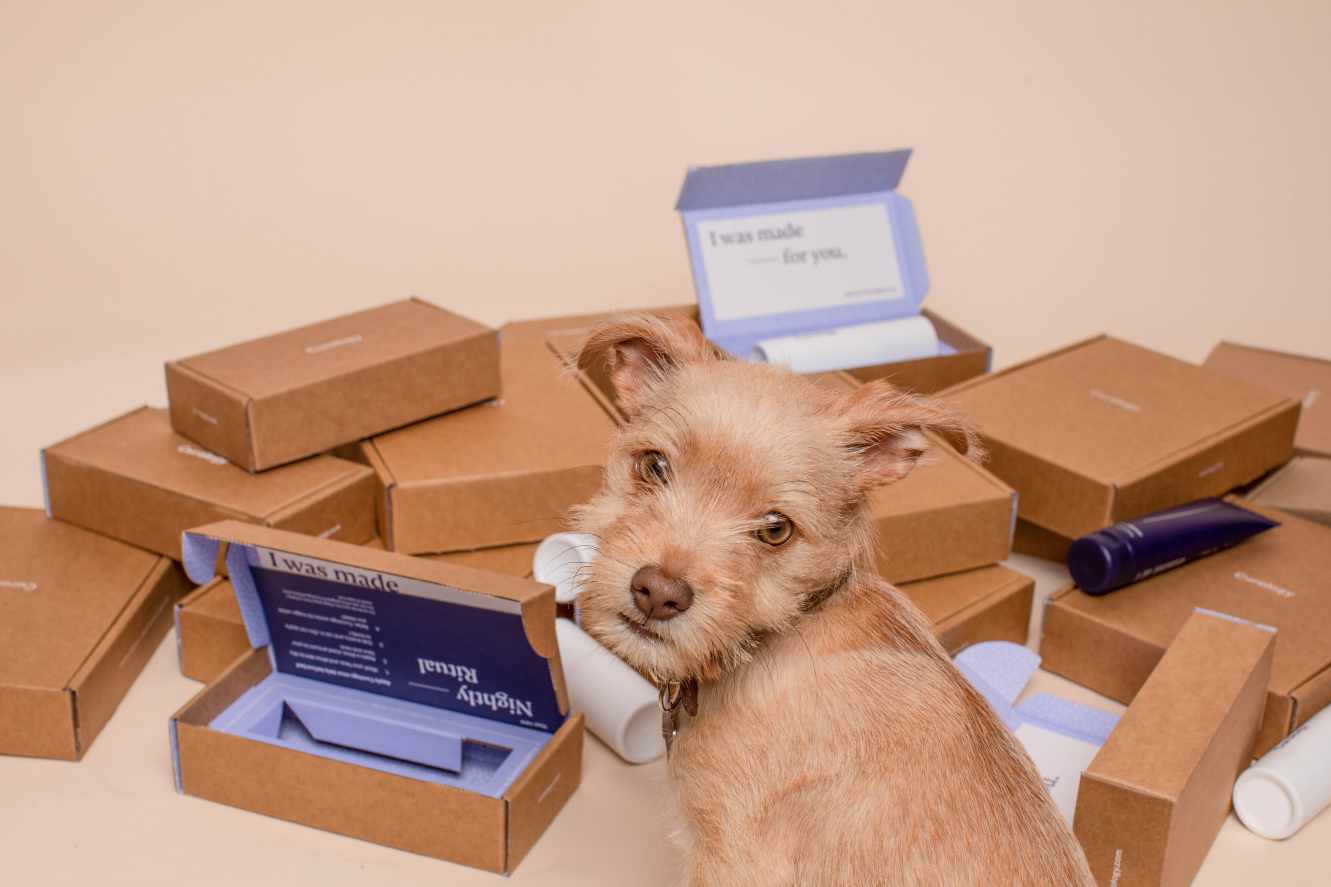Your product or service might be the thing your customers ultimately want, but it’s not what drives their decision to buy. At least, not at first. What really sells your product is how it’s packaged.
Now, before you tune out thinking, “I sell a service, not a product—I don’t have any packaging,” let’s pause right there. Because you do.
Packaging isn’t just the container on a store shelf. It’s every single point of contact your customer has with your brand before the transaction. And those contact points—intentional or not—have a huge impact on the decision to buy.
Let’s look at this from both the product and service side.
For Product Businesses
Traditional packaging plays a critical role in communicating value. Studies have shown that consumers make a subconscious judgment about a product within 90 seconds of first seeing it—and up to 85% of that assessment is based on color alone. That’s how powerful visual cues are.
But packaging isn’t just about visuals—it’s also tactile. If you’ve ever unboxed an iPhone, you know Apple understands this. Their packaging is clean, deliberate, and communicates, “You’re about to experience something premium.”
In fact, according to a survey by Dotcom Distribution, 52% of consumers are likely to make repeat purchases from an online merchant with premium packaging. So if you’re shipping a physical product, the box, the unboxing experience, and even the thank-you note are part of your packaging—and part of your brand story.
But What About Services?
Service providers often forget this concept because there’s no tangible box to design. But in truth, everything a client sees before the service begins is your packaging.
Think about it:
- Your website is packaging.
- Your email signature is packaging.
- Your invoices, business cards, and social media presence? Packaging.
- Your office decor, the language your staff uses, and even your tone on a phone call? All packaging.
- And, of course, you—your appearance, confidence, and communication style are very much a part of the packaging customers experience.
Packaging is how people pre-judge the value of your offering. Before they experience your service, they experience you.
Related Post: How To Sell Services – Selling the Invisible
Real-World Example: The Consultant’s Office
Imagine walking into two different consultant offices.
- Office A is cluttered, the receptionist is on a personal call, and the furniture looks like it was picked up from a yard sale.
- Office B is organized, the receptionist greets you by name, and there’s soft instrumental music playing.
Both consultants may offer the exact same service and charge the same price. But which one feels more trustworthy? More professional? More worth the investment?
The packaging has already made the sale before the service ever begins.
The Role of Digital Packaging
In today’s remote-first world, packaging often happens digitally.
A potential client might:
- Read a blog post on your site (your ideas are part of your packaging).
- View your LinkedIn profile (your credibility is part of your packaging).
- Read your email (your tone and formatting are part of your packaging).
Even the calendar tool you use to book meetings or the follow-up thank-you message afterward communicates something.
In the service industry, these elements are your shelf space.
Why This Matters More Than Ever
With fewer face-to-face interactions, your digital packaging often makes the first impression. And with attention spans dwindling, it must be intentional. If you want someone to choose your business, every element of your presentation needs to reduce friction, signal professionalism, and deliver on brand promise.
So ask yourself:
- What does my packaging say about me?
- Am I sending mixed signals?
- Is the experience of engaging with my brand congruent with the quality of service I provide?
Conclusion
People judge books by their covers—especially when they don’t have the time or ability to read the first few chapters. Whether you offer a product or a service, your packaging speaks volumes before your product ever gets a chance to.
You can’t afford to overlook how your business is presented.
Do you pay enough attention to your packaging—or are you leaving your first impression to chance?












